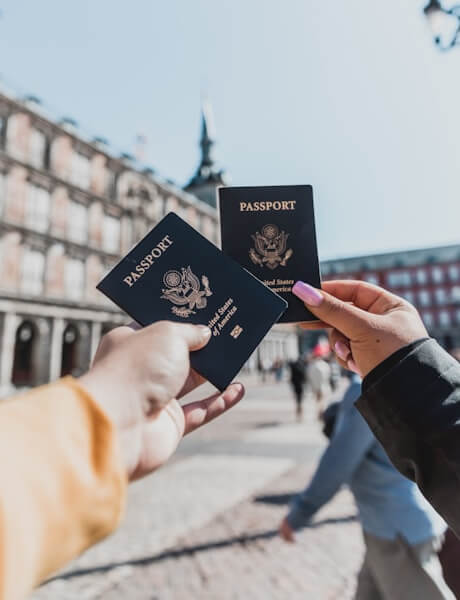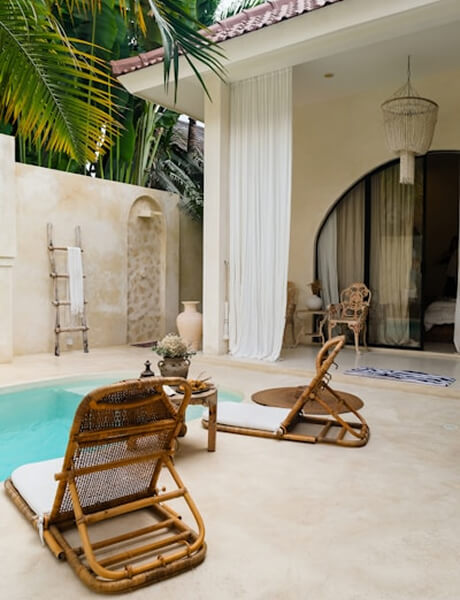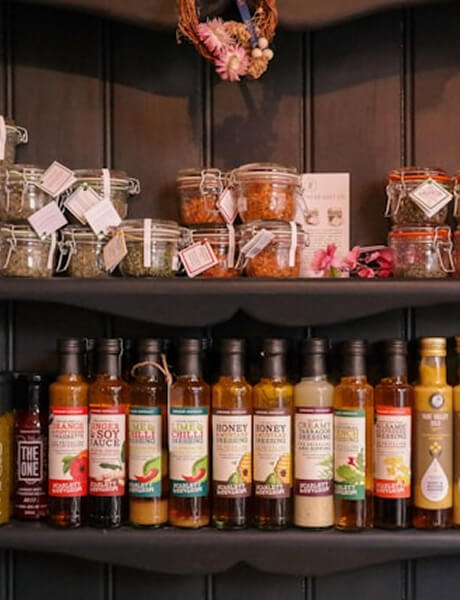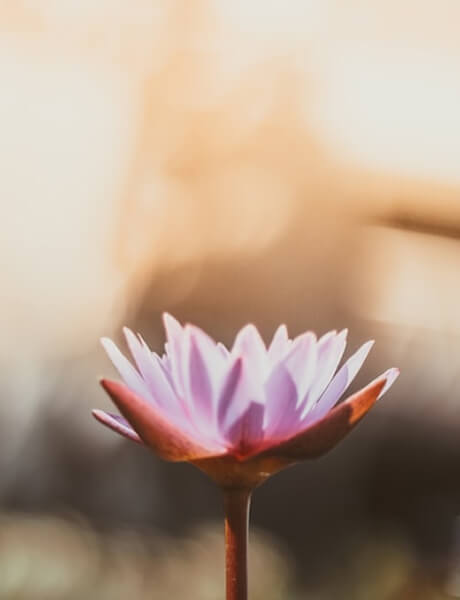
Travel guide Mexique
The best time to go au Mexique
Practical information for travel au Mexique
Get your travel guide: MEXIQUE

What to see what to do au Mexique?
Where to go au Mexique?
The most beautiful tourist sites
Other au Mexique destinations
Petit Futé's best addresses au Mexique
Discover the most beautiful addresses selected by the authors of Petit Futé.
Featured articles du Mexique

Top 17 Mexican culinary specialties in 2025
Published on 06/08/2025 Activities and experiences
Large and extremely varied, Mexico is rich in many ways. Of course, its culinary culture is no exception. While many typical Mexican dishes have been exported and are now known and tasted all over...

Top 15 of the world's most beautiful museums in 2025
Published on 17/07/2025 Activities and experiences
Art and architecture lovers, wherever you are in the world, there's sure to be a museum to please you. From Paris to Taipei, New York to Mexico City, Petit Futé offers you its selection of the world's...

Visit Mexico in 15 days: the best itinerary in 2025
Published on 15/07/2025 Ideas for holidays & weekend
The first thing to bear in mind when planning a road trip to Mexico is that this country is almost four times the size of France. So it's impossible to see everything in two weeks. You'll need to...
How to travel au Mexique
How to go alone
How to go on a tour
Mexico is a huge country and it is impossible to discover it in a single trip. The tour operators mainly propose stays of about ten days around a theme (the Mayan culture, the Aztec sites...) or a region (the Pacific, the Yucatan, Chiapas, the capital and its surroundings).
How to get around
It is very easy to travel by plane in the country, as most cities have an airport. There is also a very good network of long distance buses with cheap fares. However, depending on the route, to save time and avoid long hours in the bus, the plane is often more interesting. Please note: with the emergence of low cost airlines on certain routes, air and bus fares are sometimes identical.
Book your next trip with Kayak
Travel au Mexique
Ideas for holidays and week-end breaks au Mexique
Large, extraordinarily varied, rich in every respect, Mexico can be approached in many ways, depending on the tastes, interests and budget of each traveller. There are many ways to get there, and there is no shortage of ideas when it comes to planning your trip. If you are looking for the pleasures of the sea, you are sure to be satisfied. Those who are more interested in art and architecture will prefer colonial cities and archaeological sites. The country will also delight those who are interested in fauna and flora, and love beautiful natural areas. Please note that the sample itineraries below are comprehensive and rather "tiring", as they offer a maximum of possible activities. You can adapt your itinerary to your own wishes and capacities, or contact specialized agencies.
Services
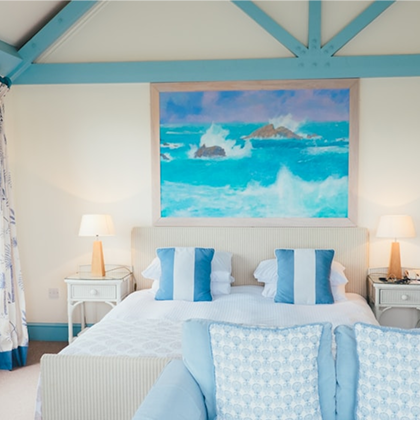
Find a hotel with Booking.com

Rent a car with Bsp-auto

Create a blog and travel journal
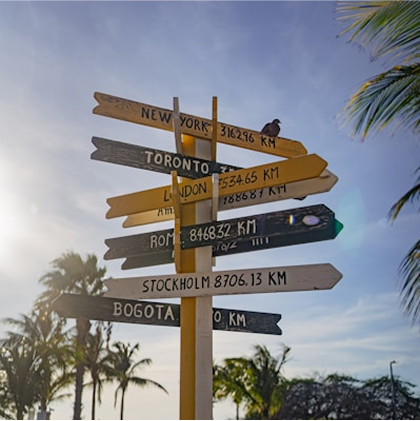
Find an agency with Quotatrip
Find unique holiday offers with our partners
Discover le Mexique
Mexico is a country as complex as it is fascinating. Divided into 32 administrative states covering an area of 1,964,375 km², with deeply rooted indigenous traditions and a well-preserved colonial heritage, this immense country is not the easiest to get to grips with. Immerse yourself in the following files to familiarize yourself with Mexico, its singular past, its gastronomy, its way of life, its cultural heritage, its architecture or even its art and those who are the most emblematic representatives of what is sometimes called "Mexicanness". There are also books to read to discover this multifaceted country in depth and better understand its inhabitants... The curious traveler, who seeks to go beyond postcard scenery, intoxicating evenings and the contagious warmth of Mexicans, will not regret taking this step.
The 12 keywords au Mexique

#Agave
It is from this plant that the two most emblematic drinks of Mexico are made: tequila, which is indisputable, and mezcal, which is becoming increasingly popular. The latter is distinguished by its distinctive smoky aroma. Agave thrives in arid regions, so much so that it is often mistaken for what it is not: a cactus!

#Aztecs
At the origin of one of the greatest civilizations of the American continent, the Aztecs dominated the territory until the arrival of the Spanish conquistadors in the 16th century. It was on the ruins of the Aztec city of Tenochtitlán that the Spaniards founded their new capital, Mexico City, after having caused the fall of the Aztec Empire.
#Biodiversity
Mexico is a megadiverse country, containing up to 12% of the world's species. Large biosphere reserves have been created to preserve this incredible biodiversity. However, overexploitation of natural resources, rapid growth and tourism are increasingly threatening these fragile ecosystems.
#Cenote
This geological curiosity is found almost exclusively in the Yucatán Peninsula, which is home to thousands of them. The cenotes are natural wells created by the collapse of the limestone plate. Considered sacred places in Mayan times, today they are a delight for tourists, who flock from all over the world to bathe in them.

#Día de los Muertos
It is the most important holiday in the country, taking place on November1 and 2 (although the date varies by region and community). Mexicans celebrate their dead by making altars with offerings of fruit and objects around photos of their deceased. Music, dances and shared meals punctuate the return of the dead among the living.
#Frida Kahlo
Frida Kahlo is not only known for her paintings that document her life and assert a certain Mexicanness, she is also a pop culture icon. Ahead of her time, this mixed-race woman with her flowery hair became the most important woman in Mexico, and a true feminist inspiration in the world.
#Lucha Libre
Typical of Mexico, Lucha Libre is a type of wrestling that is halfway between a sport and a show. As tradition dictates, the luchadors wear masks when they fight in the ring. They play legendary characters and perform spectacular acrobatics. The fight is scripted but no less impressive.
#Métissage
The vast majority of the Mexican population has both European and indigenous blood. Spanish and indigenous populations rapidly mixed, giving rise to a great mosaic of populations. As most Mexicans are Mestizos, the concept of miscegenation is now at the heart of the Mexican national identity.
#Playa
For many, Mexico means white sandy beaches bordered by translucent turquoise water... The country is bathed in the waters of the Pacific Ocean and the Gulf of California to the west, and the Caribbean Sea and the Gulf of Mexico to the east. Climate, sunshine, palm trees and palomas do the rest...
#Ruins
Mexico has a considerable cultural heritage, and much of it is in the form of pre-Hispanic ruins. Pyramids are often the centerpiece of these ancient cities that flourished hundreds, even thousands of years ago, from Chichén Itzá to Palenque to Monte Albán to Teotihuacán.
#Marine Life
The waters off the coast of Mexico are home to a wide variety of marine life. In both east and west, diving sites are legion, and travelers have the chance to observe whales, dolphins, turtles, sharks, manta rays, sea lions and a multitude of colorful fish evolving within exceptional coral reefs.

#Volcanoes
Mexico's landscape is punctuated by numerous volcanoes, 48 of which are still active. Most of them reach an altitude of more than 4,500 metres. This is the case of Popocatépetl, in the agglomeration of Mexico City and Puebla, which has been erupting since 2004. Volcanic tremors are a constant threat to the country.
You are from here, if...
Catholic images are everywhere in your home and sometimes even in your car: crucifixes, rosaries and portraits of the Virgin of Guadalupe make up a decoration that's all too familiar to you.
You can reproduce el grito, the famous cry of the revolution, and sometimes hold competitions with members of your family.
At the table and in the car, "donde caben dos caben tres "There's always room for one more!
You've never used a caterer : weddings, quinceañeras, christenings... you always have a cousin to bring a pot of frijoles, a grandmother to prepare a delicious birria or an uncle who has mastered the art of carne asada to perfection.
You know that coger is a misleading verb. While it translates as "to take" in Spain, it can create quite a few misunderstandings in Mexico when used by a foreigner who hasn't mastered all the subtleties of your language!








